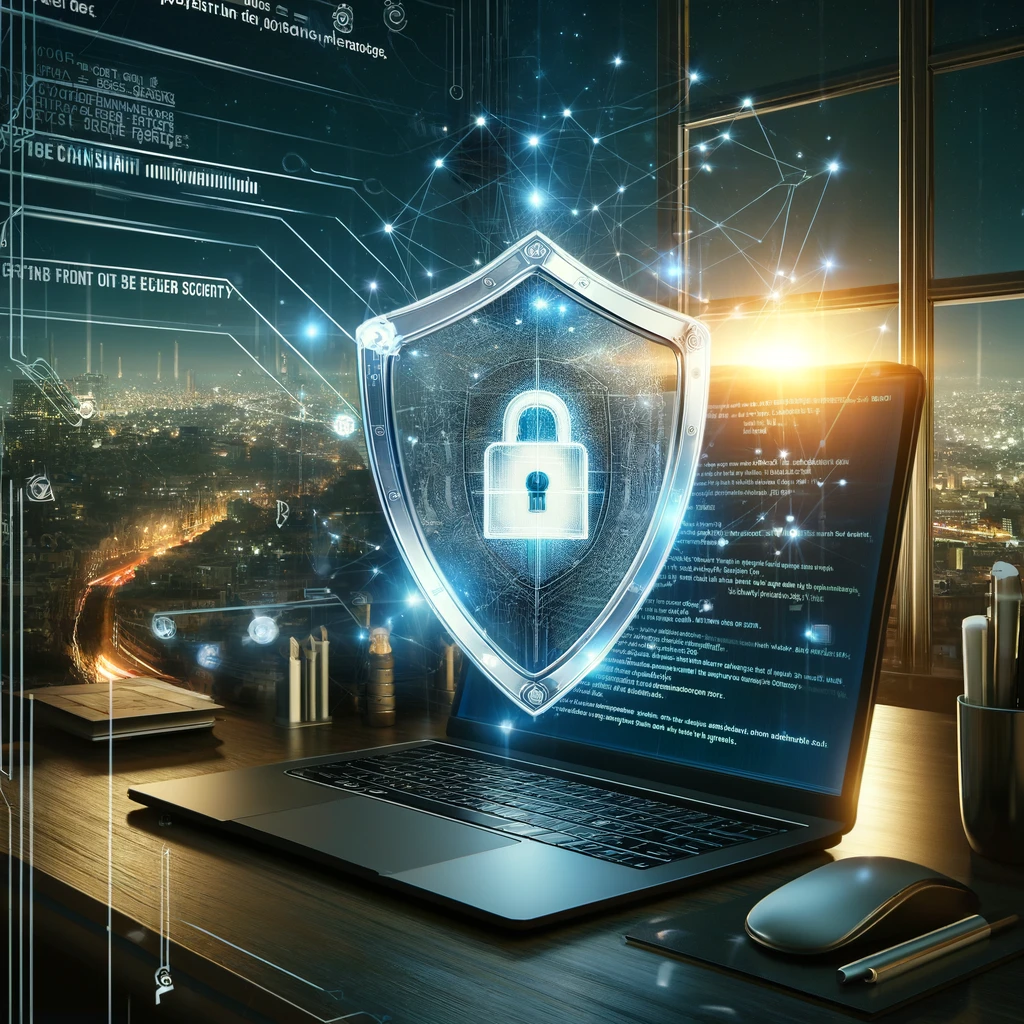Cyber Insurance: An Added Layer of Ransonware Protection 2024
As ransomware attacks become increasingly sophisticated, many businesses are turning to cyber insurance as an additional layer of protection. Cyber insurance policies can provide financial coverage for a range of costs associated with an attack, including ransom payments, legal fees, and the expenses involved in restoring systems and data. While cyber insurance does not replace the need for robust cybersecurity measures, it can mitigate the financial impact of an attack and offer peace of mind.
When considering cyber insurance, it is important to thoroughly understand the policy’s terms and conditions. Businesses should ensure that their policy covers a wide range of scenarios and includes support for incident response, which can be invaluable in the immediate aftermath of an attack. Additionally, some insurers offer discounts or benefits to businesses that demonstrate strong cybersecurity practices, providing an incentive to maintain high standards of protection.
Importance of Cyber Hygiene
Cyber hygiene refers to the practices and steps that users and organizations take to maintain system health and improve online security. Just as personal hygiene is vital for physical health, cyber hygiene is essential for the health of an organization’s digital infrastructure. Simple yet effective practices can make a significant difference in preventing ransomware attacks.
One fundamental aspect of cyber hygiene is the use of strong, unique passwords for all accounts. Passwords should be complex and changed regularly to minimize the risk of unauthorized access. Additionally, password managers can help securely store and manage passwords, reducing the temptation to reuse passwords across multiple accounts.
Another critical component is the regular updating and patching of all software and systems. Outdated software can have vulnerabilities that attackers exploit to gain access to networks. By ensuring that all systems are up to date, businesses can close these security gaps and make it more difficult for ransomware to take hold.

The Role of Threat Intelligence
Threat intelligence involves the collection and analysis of information about current and emerging cyber threats. By understanding the tactics, techniques, and procedures (TTPs) used by ransomware attackers, businesses can better prepare and defend against these threats. Threat intelligence can come from a variety of sources, including industry reports, security vendors, and information-sharing communities.
Integrating threat intelligence into a cybersecurity strategy allows businesses to anticipate potential attacks and adjust their defenses accordingly. For example, if threat intelligence reveals that a specific type of ransomware is targeting businesses in a particular sector, companies in that sector can take proactive measures to protect themselves. This might include updating security protocols, increasing monitoring for certain indicators of compromise, or conducting targeted employee training.
Collaboration and Information Sharing
No business operates in isolation, and the fight against ransomware is no different. Collaboration and information sharing among organizations, industry groups, and government agencies can significantly enhance a business’s ability to defend against ransomware. By sharing information about recent attacks, vulnerabilities, and effective defense strategies, businesses can collectively improve their cybersecurity posture.
Industry-specific information-sharing and analysis centers (ISACs) play a crucial role in this collaborative effort. These centers collect and disseminate threat intelligence, provide alerts about emerging threats, and facilitate communication between member organizations. Participation in an ISAC can provide businesses with valuable insights and resources that are not available through other channels.
Implementing a Comprehensive Security Culture
Creating a culture of security within an organization is essential for long-term protection against ransomware. This involves embedding cybersecurity practices into the everyday operations and mindset of all employees, from the executive suite to the front lines. A comprehensive security culture is built on continuous education, clear communication, and strong leadership commitment.
Leadership plays a pivotal role in establishing and maintaining a security culture. Executives and managers must lead by example, demonstrating their commitment to cybersecurity and prioritizing it in decision-making processes. Regular communication about the importance of cybersecurity and the role every employee plays in protecting the organization is also crucial.
Continuous education and training are key components of a security culture. Cyber threats are constantly evolving, and employees must stay informed about the latest tactics used by attackers. Ongoing training sessions, cybersecurity drills, and regular updates on emerging threats help keep cybersecurity top of mind for all employees.
Protecting against ransomware in 2024 requires a multifaceted approach that includes both traditional cybersecurity measures and advanced strategies. By combining regular backups, employee training, robust security software, patch management, network segmentation, multi-factor authentication, incident response planning, and zero trust architecture, businesses can create a resilient defense against ransomware. Additionally, leveraging cyber insurance, maintaining good cyber hygiene, utilizing threat intelligence, fostering collaboration, and implementing a strong security culture are essential components of a comprehensive cybersecurity strategy. As the threat landscape continues to evolve, businesses must remain vigilant and proactive in their efforts to safeguard their digital assets.


